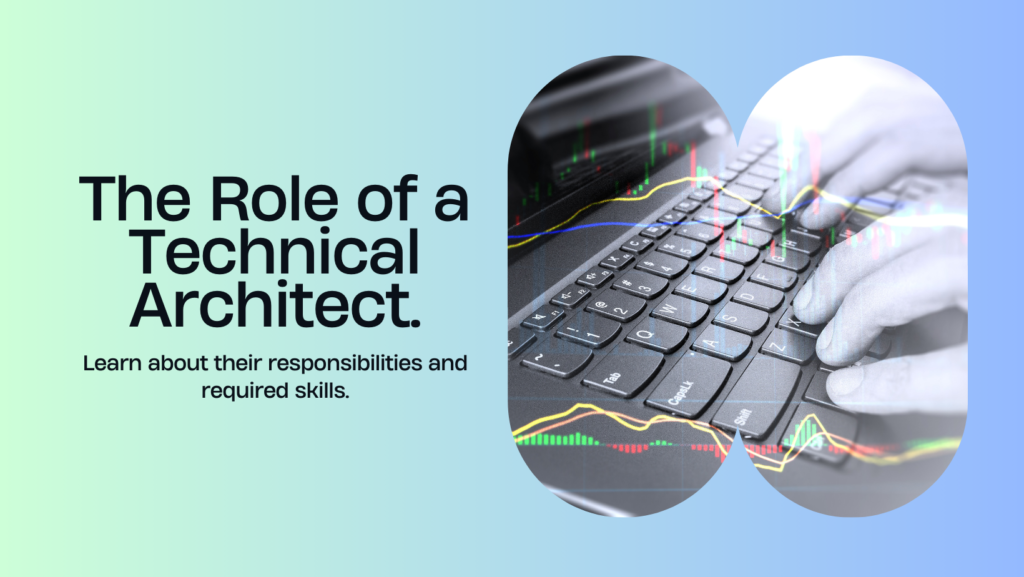In-depth Insights into the Technical Architect’s Role, Responsibilities, and Skills

Technical Architect: An Overview
A Technical Architect, also known as an IT Systems Architect, specializes in system logistics, creating, maintaining, and implementing IT systems for growing businesses or IT firms. Succeeding in this career requires a blend of IT expertise and managerial skills.
Key responsibilities of Technical Architects include:
- Designing the structure of technology systems
- Overseeing program implementation
- Coordinating with software development teams for smooth system functionality
They oversee IT projects from inception to completion, necessitating a comprehensive understanding of systems from both technical and business perspectives. Acting as intermediaries between management and developers, they identify organizational needs, collaborate on plans with clients, report progress to managers, and offer insights into future IT developments.
Opportunities for Technical Architects span beyond IT companies, extending to public service organizations, government departments, financial institutions, and utility companies. Advancement in this field typically follows an IT career path through promotions.
Employers seek a diverse skill set in Technical Architects, including effective communication, problem-solving, information assimilation, up-to-date technical knowledge, and forward-thinking abilities.
The average base salary for Technical Architects in the US is $130,536 per year, contingent upon experience.
Technical Architect: Job Role
The role of a Technical Architect encompasses overseeing an organization’s technical work or IT architecture. However, this job title spans across various specialized roles within the technical architect category:
- Applications Architect: Supervises specific segments of significant IT projects and handles technical responsibilities.
- Solutions Architect: Leads entire projects, guiding the technical aspects from start to finish.
- Enterprise Architect: Overseeing an organization’s IT strategy and technical architecture.
- Cloud Technical Architect: Specializes in cloud computing architecture and implementation.
- Infrastructure Architect: Manages projects related to hardware and infrastructure setup.
Additionally, there are roles such as Associate Technical Architect and Lead Technical Architect. It’s crucial to note that these job titles lack standardization across the IT industry. Variations exist in terms of responsibilities and seniority levels, varying significantly among different businesses. Therefore, it’s advisable to thoroughly review job advertisements to understand the specifics of each position. The same job title may encompass diverse duties and levels of seniority in different organizations.
Technical Architect: Role and Responsibilities
- Designing Solutions: Technical Architects embark on a journey of crafting robust and future-proof architectural blueprints. They architect systems with a keen eye on scalability, security, performance, and integrations, ensuring the alignment of technical solutions with business objectives.
- System Analysis: Rigorous analysis of existing systems is integral to their role. By conducting comprehensive assessments, they identify inefficiencies or bottlenecks and propose innovative solutions or improvements to enhance operational efficiency.
- Technology Selection: Evaluating and selecting the most suitable technologies, frameworks, and tools is a critical responsibility. This entails deep dives into technological landscapes to make informed decisions aligned with project requirements and long-term scalability.
- Collaboration and Leadership: Technical Architects are the guiding force within project teams. They collaborate extensively with diverse stakeholders, providing technical guidance and leadership to ensure the coherence and adherence to architectural standards.
- Risk Mitigation: The ability to foresee potential risks and challenges is crucial. Technical Architects proactively develop strategies and contingency plans, minimizing the impact of unforeseen issues during the development lifecycle.
Technical Architect – Skills Required
- Technical Proficiency: Profound knowledge of programming languages, databases, cloud technologies, and system architecture forms the cornerstone of their expertise. Staying abreast of emerging technologies is a continual part of their role.
- Analytical Thinking: Strong analytical and problem-solving skills empower Technical Architects to dissect intricate problems and devise innovative solutions.
- Communication Skills: Effective communication, both technical and non-technical, is essential. They convey complex technical concepts to diverse stakeholders, facilitating a shared understanding of project objectives.
- Leadership Abilities: Leadership skills are imperative in driving teams toward common objectives, ensuring cohesion, motivation, and performance alignment.
- Business Acumen: Understanding business objectives and processes is paramount. Technical Architects translate these insights into technological solutions that bring tangible value to organizations.
Conclusion
The role of a Technical Architect represents the convergence of technological expertise, strategic vision, and effective leadership. They navigate the complex terrain of technological advancements, spearheading the development of innovative solutions that drive organizations toward their future goals. As architects of digital transformation, Technical Architects serve as the cornerstone in building the technological foundation for the organizations of tomorrow.

Leave a Reply